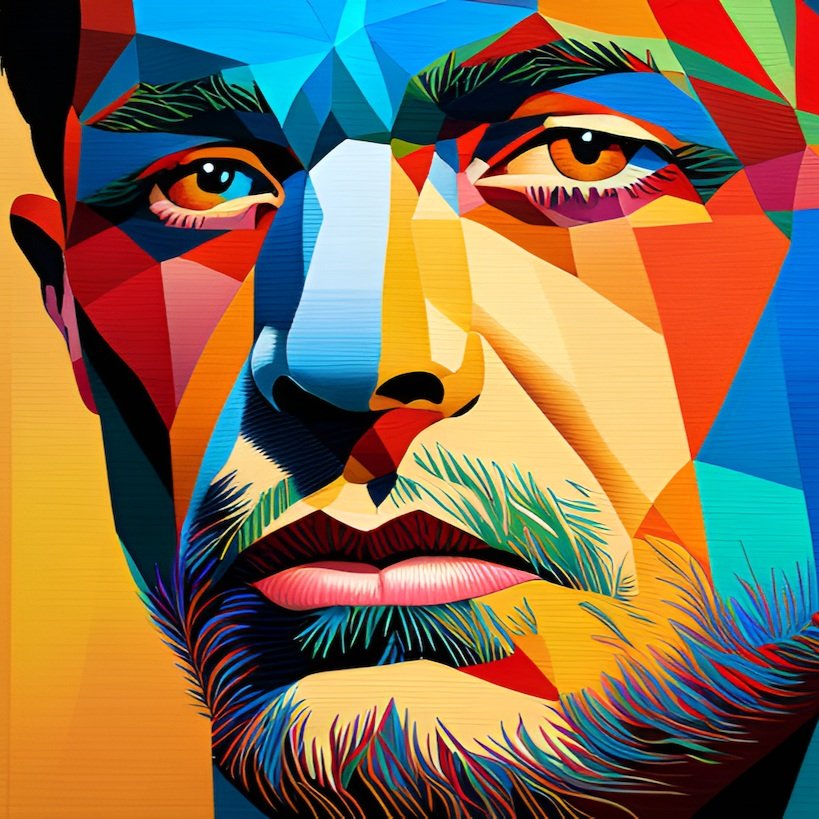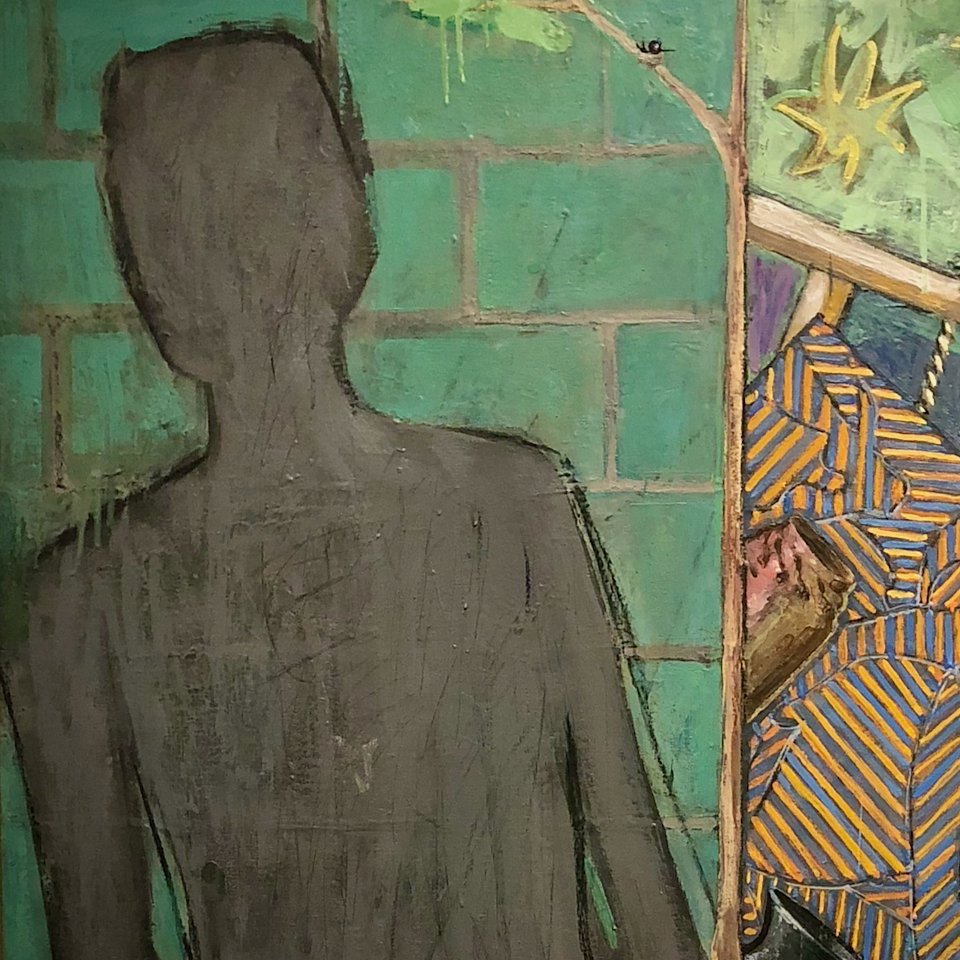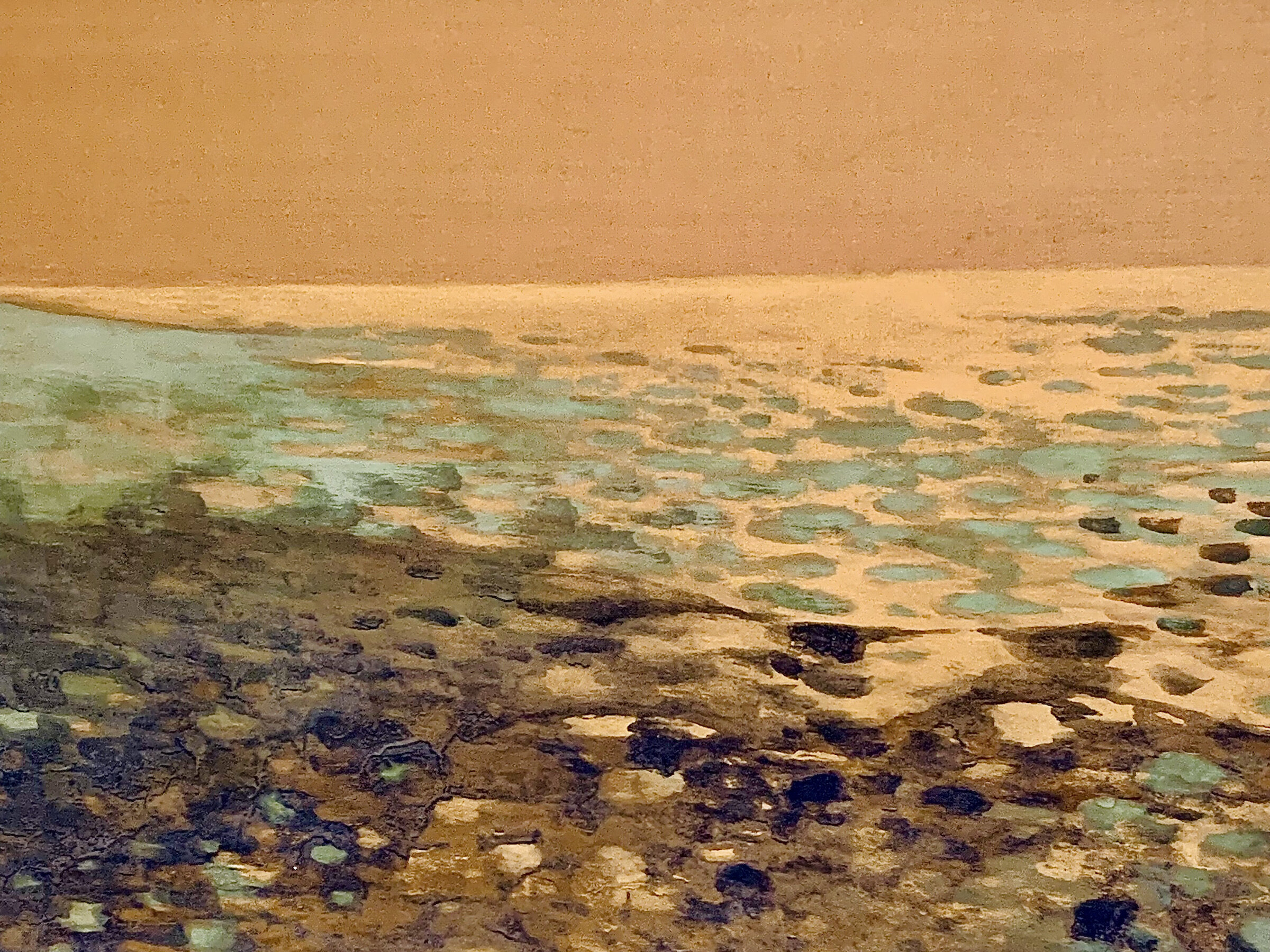Articles on Creativity
CREATIVITY | MENTAL MODELS | PRODUCTIVITY | APPLICATIONS | AESTHETICS
This post is inspired by a delightful New York Times column by Madison Malone Kircher titled "The Beautiful Chaos of Apple Notes." Picking up on a recent TikTok trend, Kircher asked her readers to share their most "unhinged" Apple notes to themselves . As Kircher points out, "The Notes app occupies an odd perch in the digital landscape. Since its contents aren't usually intended for consumption by anyone else, we are under no pressure to make sense." I began sifting through the flotsam and jetsam of my Apple Notes stream, searching for traces of my own now-unhinged thoughts. However, given my interest in generative AI, I decided to take it a step further and explore what GPT-4 could create from the scraps I discovered, using my reading notes and newsletter articles as its primary data sources. I wondered whether I could use generative AI to rejuvenate these notes and reconnect them to my current network of interests, thoughts, and writing. Here’s result of my experiment and my thoughts on nurturing and filtering ideas in the age of generative AI.
Imagination is commonly thought of as something that lives within us, more precisely in our heads. But the body also participates in creative imagination, as does the material world around us. Transitioning from the comfort of one’s imagination to the limitations inherent in the material world is challenging. However, rendering our ideas in the physical world also enhances your imagination. The resistance we encounter from the materials in our chosen medium sparks our imagination. Creativity is what we make of our imagination, of our thoughts, of our self. The way forward is always through the work.
Pattern-seeking has been on my mind, partly because it plays a significant role in generative AI, which I’ve also been thinking and writing about. However, I have been reflecting on the impact of patterns on the creative process for longer than I’ve been thinking and writing about generative AI. This is because patterns are also crucial in the creation and appreciation of art.
At this point, it’s somewhat of a cliche to state that generative AI systems serve as a mirror, reflecting our collective cultural heritage. However, the notion that these systems reveal the ideas, patterns, and biases deeply ingrained in our culture is still apt, particularly if you shift your perspective from thinking of generative AI as a reflection of ourselves in a mirror to a different sensory perception—what we hear, which is most often the voice of others. The auditory experiences of echo, reflection, reverberation, and resonance can help us understand the essential question raised by the brief appearance of the persona Sydney in Microsoft’s early preview of Bing Chat: Who is speaking?
Generative AI is not just a new tool: it’s a new medium. Our interactions with generative AI produce tangible artifacts that express our creative intentions. Like other mediums (oil painting, for example), each generative AI system has its own characteristics that you have to consider as you work with it to express your intentions. And like other expressive mediums, generative AI systems have inherent limitations that you can only overcome with insight and invention—just as the Old Masters had to learn how use vanishing lines, shading, and techniques to create the optical illusions that create a sense of three-dimensional space on a two-dimensional surface.
Generative AI has touched a cultural nerve. Every day there’s a fresh wave of stories, articles, and opinion pieces on the latest advances in generative AI. The frenzy over generative AI will fade, as all stories do in our headline driven news environment, but generative AI is here to stay. We don’t know its full potential, its limitations, or the real dangers it poses. What we do know is that thoughtful discussion and debate on these important topics requires a shared understanding of the technologies themselves. This article is focused on text generation tools, including GPT-3 and ChatGPT.
Generative AI is a type of artificial intelligence that’s capable of analyzing vast amounts of data (text, images, music, video, code, and more) to produce new, unique content. What makes generative AI special is the last part of the sentence above—generative AI systems use existing data to produce unique and creative output that hasn’t been seen before. This article will help you get started with generative text-to-image tools like DALL·E, Stable Diffusion, and Midjourney.
How do you see the world? The literal answer is that you see through your two eyes. But it's not that simple. The pictures of the world you carry in your head are fabrications assembled from what you see with your unaided vision and what you see through the myriad lenses that alter what you see with your naked eyes. Generative AI, and especially generative image creation tools, are something new. But the connection between image making and technology is not new. In fact, it’s older than we’ve previously believed.
Learning how to think with images begins with learning how to see, or perhaps more accurately, learning how to un-see. Your open eyes are always looking, collecting images and sending them to your brain. And your brain is always processing the images it receives—comparing new images to what you already know and creating connections between different sets of related images and ideas. But most of us rarely stop to think about how we gather, sort, categorize, and group the visual elements that make up the images we’re constantly assembling in our brain.
It’s not an overstatement to say that our attention is under siege and we are losing—losing our ability to focus. Our struggle to focus is both a personal and a cultural problem. Individual and legislative action can mitigate it, but taking action requires a cultural change—one that begins with the development of a more nuanced understanding of attention itself. Once we better understand the nature of attention, we can decide how and when we want to share it and protect it.
This is the 50th article from my newsletter metaphor. When I launched the newsletter in October 2020, I used the tagline “Tools for a productive creative life.” I didn’t know where my initial intention would take me—and that’s been the fun of it! This article presents five essential things I’ve learned about creativity from writing the last 49 issues: over 85,000 words. More to come soon…
This is the final installment of my three article series on revision. In this article, you’ll learn how to use your creative council to work through your creative blocks, guide your work in progress, and work toward your long-term creative goals. You’ll also learn how increasing your empathy for your readers increases the “ambient intelligence” of your work—and your creativity in the process.
Overcoming our self-limiting beliefs about our creative capacity is hard. We all know profoundly creative people who’ve never produced the work they are capable of. The antidote to the endless reruns in your head of your greatest fears and failures is the conscious development of a council of many minds. But like any truly useful advisory council, your personal council of many minds must be diverse. It must include the voices of your inner critics (aka your Demons), your inspirations (aka your Muses), and your mentors (aka your Guides).
When we think about revision, we usually think about reworking the way we are expressing our ideas: restructuring our thoughts and refining the words we’re using to express them. But there’s a type of revision that comes earlier in creative problem-solving. It’s focused on shifting the approach you’re taking during the formative stages of ideation: revision as the art of seeing from a different perspective, with a fresh mind.
The psychologist Robert Sternberg, a leading researcher and author on creativity, first introduced the Propulsion Theory of Creative Contributions in 19991. The theory describes eight ways a creative contribution such as a research paper, artwork, movie, television show, book, product, or innovative idea can move (propel) a field of endeavor in a particular direction. Sternberg’s theory adds another important dimension to our understanding of creativity: context. The purpose of a creative contribution matters.
Who are your creative icons? Chances are most of the artists, scientists, inventors, and others who come to mind are widely celebrated “geniuses”—the household names of creativity. Creative achievements of world-changing magnitude are rare. Still, this is the highwater mark many of us use to measure our own creativity. If the gauge you’re using to assess your creativity includes just one level marked “genius,” you’re setting yourself up for failure. We need a more nuanced understanding of creativity.
We’ve all become more familiar (and hopefully adept) at calculating risk over the past two years as we’ve struggled to balance the demands of daily life with the threats posed by the seemingly endless waves of the COVID-19 virus. We’ve always lived with risks, but the pandemic has significantly altered the risk/reward ratio of everyday life. It’s also made many of us more risk averse. Our COVID-induced diminished tolerance for risk-taking may also have another significant consequence: you may be feeling an unfamiliar sense of alienation from your creative confidence and desire to engage in new creative work. You’re not alone, and you can rebuild your confidence and rekindle your passion for creative work, if you’re willing to take a few small risks.
Our modern concept of creativity is deeply rooted in the value system of the artists and intellectuals of the Romantic era who believed that the greatest sin was being derivative. The biases of the Romantics still influence us. Our culture prizes originality and individuality; we celebrate the “pioneers” and “trailblazers. But our obsession with originality blinds us to the value of thinking with others and untapped knowledge in our collective intelligence.
The dominant role the written word has assumed in the development of culture (especially Western culture) has inflated our perception of the role the brain plays so significantly that we now equate the brain with the mind. Nothing could be further from the truth. The organ we call the brain is not the mind. The mind is the whole body, which encompasses the brain. As we learn more about how the body and brain work together to form our thoughts, emotions, and perspective, we’re redefining the concept of thinking itself.
In his essay “Communicating with Slip Boxes,” Niklas Luhmann argues that his collection of notes is not a passive archive of his thoughts, but a “competent” conversation partner capable of surprise. Luhmann isn’t a mad scientist imbuing his inanimate creation with human qualities, he’s stating a fact. The organization of his note-taking system allowed him to pose a question, then follow his branching and linked thoughts to unexpected answers. The “conversation” is the result of an open, loosely organized system designed to surprise.
This introduction to Niklas Luhmann’s ideas on note-taking and organizing notes is designed to help you to develop your own thinking about how you use notes and develop ideas in your note-taking system. We need to build a vocabulary for discussing notes, note-taking, and working with notes so we can more effectively implement our ideas in the applications and systems we use. Luhmann’s Zettelkasten methodology is a good starting point.
Most of us don’t spend much time thinking about notes and note-taking—and why would you? Most notes we take are disposable: quick scratches meant to jog our memory. But notes serve a wide variety of purposes. Reminding is only one of them. Learning to distinguish between the types of notes you take and how to use your notes effectively is an essential part of thinking outside the brain.
This article introduces a new series on creativity and the extended mind: how we use tools, our body, and the world around us to enhance the capacity of our brain and create in ways the mind can’t manage on its own. In this series I’ll be writing about note-taking, personal knowledge management systems, thinking with your body, and more.
Just as we each have unique physical fingerprints, we each have a unique creative fingerprint. The loops, arches, and whorls in your creative fingerprint are shaped by the impulses that drive your creativity, your creative strengths, and your formative life, artistic, and spiritual experiences. But there’s a shift that takes place when you choose to make creativity a primary area of focus in your life: your creative fingerprint becomes your identity.
Deciding to make creativity a core pillar of your life changes your relationship to the world around you. It changes how you prioritize and spend your time and (perhaps most importantly) your long-term relationship to your creative work. A life centered around creativity requires the adoption and cultivation of what I call the creative’s mindset.
Creativity is choice: the result of prioritizing your creative work over the other areas of your life making demands on your time and energy. Easier said than done in some circumstances… The ideas in this article will help you reprioritize your task list, regain control of your time, and make steady progress on your creative projects.
No matter how engaged we are in our creative work, occasionally we find ourselves asking “Why am I doing this?” This question comes up regardless of how much recognition we’re getting for our work. It’s natural and necessary to wonder what you’re doing with your one precious life.
We are living in the “age of distraction,” a phrase so pervasive a Google search for it yields nearly 600,000 results. A search for its antidote, “focus mode,” yields over 6.2 million results. People are desperate for relief from endless distraction. But while distractions are a problem, the elevation and pursuit of the antidote, of “focus mode,” has a shadow side. Our obsession with focusing closes us off from a vital source of creativity: useful distractions.
My office is a mess—the most cluttered and disorganized it’s been in years. Why? Because my mind has been elsewhere. The mess in my office isn’t the residue of neglect, it’s a wayfinding system. But the clutter around me may also serve another purpose, it may be fueling my creativity.
The voices that compel us to pay attention are distinctive, living presences who reveal how they grapple with their personal history, process the world around them, struggle to connect with others, and express their feelings.





























